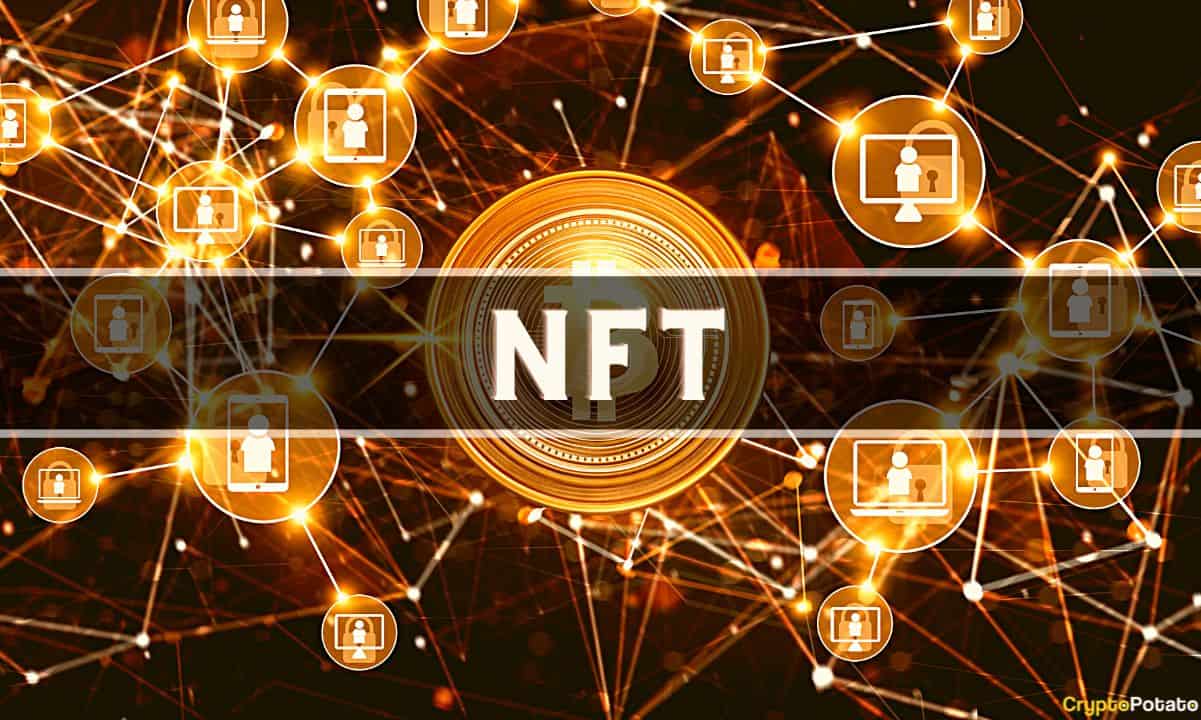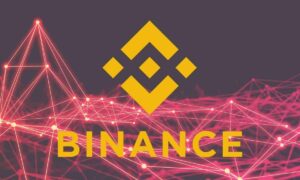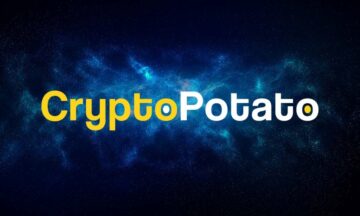
Blockchain intelligence platform Glassnode published a report on Wednesday analyzing how Blur – the new hotspot for NFT trading – is slowly reigniting the non-fungible economy on-chain.
The firm noted a 94% increase in gas consumption from NFT-related transactions on Ethereum over the past 2 months.
The Rise of Blur
As the report explained, Ethereum gas fees have become more expensive this month, with the median transaction gas price rising to 38 gwei, compared to roughly 10 to 20 gwei over the previous nine months. That’s higher than the cost of gas during both FTX’s fallout in November (36 gwei) and Binance’s bank run event the following month (24 gwei) – both events create high block space demand that drives up the cost of transactions.
“Upon closer examination… we can determine that a primary source of this increasing network activity is the NFT market, which is once again showing signs of growth,” wrote Glassnode.
NFTs had a slow 2022, with both trading volumes and floor prices for top collections plummeting, and various analyses revealing that the NFT economy was rife with wash trading. OpenSea – the longtime king of NFT marketplaces – was forced to lay off 20% of its staff in June due to the bear market and macroeconomic pressures.
The carnage has left room for a new NFT marketplace and aggregator – Blur – to prosper. Launched in October, the Blur has already begun to dominate 78% of NFT transfer volume using a “zero-trading fee model with optional royalty payments.”
ADVERTISEMENT
Despite transitioning to a zero-fee model of its own in wake of the competition, OpenSea has so far failed to compete with Blur’s meteoric rise. According to Glassnode, this is due to Blur having attracted a community of professional traders, unlike OpenSea’s historical target audience of “creators and collectors.”
Typical Blur users now execute 4 to 5 trades per day on the platform, compared to OpenSea’s average of just two trades per user.
“A higher sales frequency can create a flywheel effect, since more NFT sellers feel confident listening on Blur’s platform, creating a larger offering, which in turn attracts more buyers,” the report stated.
NFT Adoption
While gas metrics look promising, overall NFT adoption appears unaffected by Blur’s growth. Glassnode’s data indicated that the growth of new addresses on Ethereum remains 40% under what it was last February. This means that Blur’s users appear to primarily be existing Ethereum users, rather than all-new network participants.
Looking to Bitcoin, however, the discovery of NFTs in December has triggered a wave of adoption for its 2021 Taproot upgrade. Stacks, a related protocol that also enables NFTs, has climbed 50% over the past week.
Binance Free $100 (Exclusive): Use this link to register and receive $100 free and 10% off fees on Binance Futures first month (terms).
PrimeXBT Special Offer: Use this link to register & enter POTATO50 code to receive up to $7,000 on your deposits.
- SEO Powered Content & PR Distribution. Get Amplified Today.
- Platoblockchain. Web3 Metaverse Intelligence. Knowledge Amplified. Access Here.
- Source: https://cryptopotato.com/opensea-rival-blur-is-reviving-nft-activity-glassnode/
- 000
- 1
- 10
- 2021
- 2022
- a
- According
- activity
- addresses
- Adoption
- Aggregator
- AI
- already
- analyzing
- and
- appear
- attracted
- Attracts
- audience
- average
- background
- Bank
- Bank run
- banner
- Bear
- Bear Market
- become
- binance
- Binance Futures
- Bitcoin
- Block
- blur
- border
- buyers
- closer
- code
- collections
- collectors
- color
- community
- compared
- compete
- competition
- confident
- consumption
- content
- Cost
- create
- Creating
- data
- day
- December
- Demand
- deposits
- Determine
- discovery
- dominate
- during
- economy
- effect
- enables
- enjoy
- Enter
- Ether (ETH)
- ethereum
- Ethereum Gas
- ethereum remains
- Event
- events
- Exclusive
- execute
- existing
- expensive
- explained
- external
- Failed
- fallout
- far
- February
- fee
- Fees
- Firm
- First
- Floor
- following
- Free
- Frequency
- from
- Futures
- GAS
- gas fees
- Gas Price
- Glassnode
- Growth
- having
- High
- higher
- historical
- Hotspot
- How
- However
- HTTPS
- in
- Increase
- increasing
- indicated
- Intelligence
- internal
- IT
- King
- larger
- Last
- launched
- Listening
- Look
- Macroeconomic
- Margin
- Market
- marketplace
- marketplaces
- means
- meteoric
- Metrics
- might
- model
- Month
- months
- more
- network
- New
- new NFT
- NFT
- NFT economy
- nft market
- nft marketplace
- NFT Marketplaces
- NFT trading
- NFTs
- non-fungible
- noted
- November
- october
- offer
- offering
- On-Chain
- OpenSea
- overall
- own
- participants
- past
- payments
- platform
- plato
- Plato Data Intelligence
- PlatoData
- previous
- price
- Prices
- primarily
- primary
- professional
- promising
- protocol
- published
- Reading
- receive
- register
- related
- remains
- report
- Rise
- rising
- Rival
- Room
- roughly
- royalty
- Run
- sales
- Sellers
- Share
- Signs
- since
- slow
- Slowly
- So
- so Far
- solid
- Source
- Space
- special
- Sponsored
- Stacks
- Staff
- stated
- taproot
- Target
- The
- to
- top
- Traders
- trades
- Trading
- trading volumes
- transaction
- Transactions
- transfer
- transitioning
- TURN
- unaffected
- under
- upgrade
- User
- users
- various
- volume
- volumes
- Wake
- wash trading
- Wave
- Wednesday
- week
- What
- which
- Your
- zephyrnet
- zero-fee










